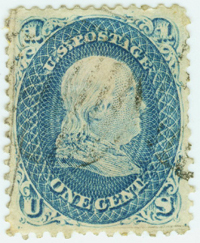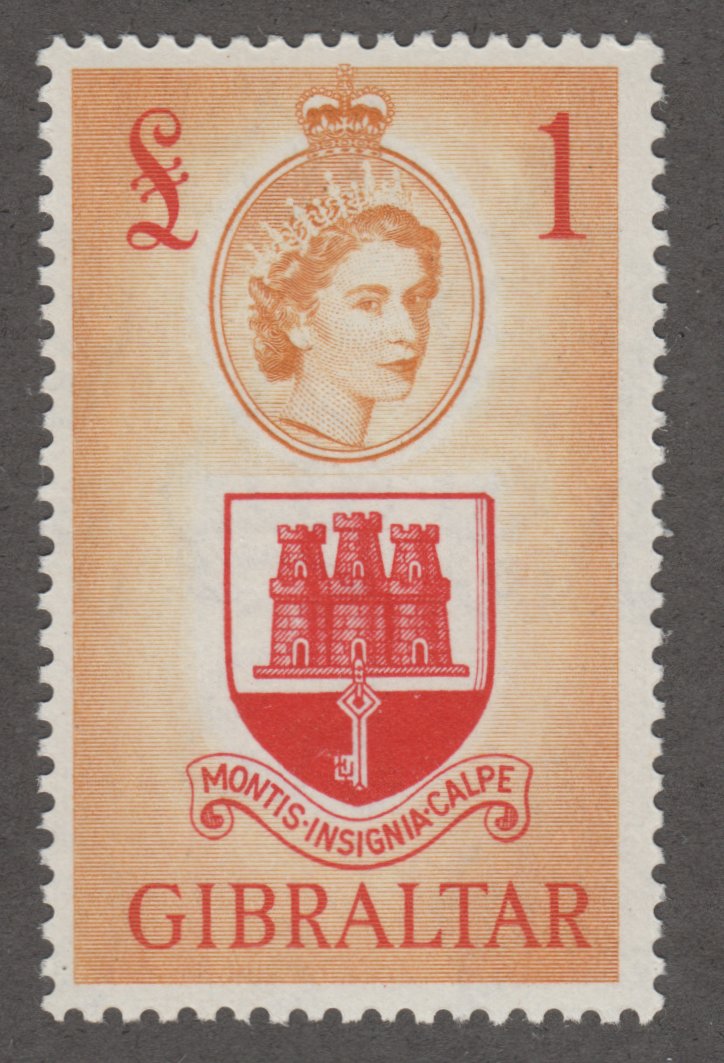
Discussion - Member to Member Sales - Research Center

Discussion - Member to Member Sales - Research Center

I decided to try my hand at identifying die types on some old cut squares and came across this. To my untrained eye, it seems to be a double inking, but perhaps it's just a smudge? All of the other examples I have show sharp inking, and I couldn't find any images on google to compare.


Login to Like
this post
This is an over-inked example. The ink bled according to the design making it look doubled.

Login to Like
this post
Thanks!
Further searching online turned up one brief post on another messageboard that a true double impression involves both double embossing and double inking. Does that sound right?

Login to Like
this post
Yes, that does. The embossing and inking were separate steps but part of a continuous process. If the ink was applied twice, so was the embossing.

Login to Like
this post
thebiggnome,
If you ever want to delve into this issue, the United Postal Stationery Society (UPSS) has published a catalog of 19th century material. However, the most recent catalog I have did not include an older (1950s era?) listing (with diagrams) of 29 die varieties of this issue. The guy who prepared that list was H. S. Dickinson.
I happened to inherit several thousand of these and got interesting identifying as many of the 29 varieties as possible. I don't think I ever found all 29, but I did find several that Dickinson missed. It's a complicated undertaking because of the number of different papers involved and the obvious different shades of color. I developed a rudimentary spreadsheet, but it proved to be a cumbersome thing to manage and I haven't worked on this project for a few years now.
My primary reason for responding to this thread is to point out the shape of the top of the shield surrounding the "2." The left shoulder is slightly curved and the right shoulder is straight. It is normal for that left shoulder to be longer than the right shoulder, but there are variations, one of which is the angle of the left right shoulder.
There are other variations in the design of the shield. The most notable that I found was a design with the center point being noticeably higher than the typical example of this die.

Out of thousands of copies, I found only about 60 with the pronounced center point on the shield. A handful of those also had the center point leaning to the right.
One thing to keep in mind when looking at these is uneven inking. This can create apparent die variations. Still there is a wide range of varieties, many of which are easy to spot when you know what to look for.
If anyone is interested in this all too common die, I can post some more examples of the die varieties I'm aware of.
Edited 12/5/2015 to correct the marked error in the third paragraph.

1 Member
likes this post.
Login to Like.

Is the double impression a double embossing or a double inking?
I decided to try my hand at identifying die types on some old cut squares and came across this. To my untrained eye, it seems to be a double inking, but perhaps it's just a smudge? All of the other examples I have show sharp inking, and I couldn't find any images on google to compare.


Login to Like
this post

re: US cut square U312a double impression question
This is an over-inked example. The ink bled according to the design making it look doubled.

Login to Like
this post

re: US cut square U312a double impression question
Thanks!
Further searching online turned up one brief post on another messageboard that a true double impression involves both double embossing and double inking. Does that sound right?

Login to Like
this post

re: US cut square U312a double impression question
Yes, that does. The embossing and inking were separate steps but part of a continuous process. If the ink was applied twice, so was the embossing.

Login to Like
this post

re: US cut square U312a double impression question
thebiggnome,
If you ever want to delve into this issue, the United Postal Stationery Society (UPSS) has published a catalog of 19th century material. However, the most recent catalog I have did not include an older (1950s era?) listing (with diagrams) of 29 die varieties of this issue. The guy who prepared that list was H. S. Dickinson.
I happened to inherit several thousand of these and got interesting identifying as many of the 29 varieties as possible. I don't think I ever found all 29, but I did find several that Dickinson missed. It's a complicated undertaking because of the number of different papers involved and the obvious different shades of color. I developed a rudimentary spreadsheet, but it proved to be a cumbersome thing to manage and I haven't worked on this project for a few years now.
My primary reason for responding to this thread is to point out the shape of the top of the shield surrounding the "2." The left shoulder is slightly curved and the right shoulder is straight. It is normal for that left shoulder to be longer than the right shoulder, but there are variations, one of which is the angle of the left right shoulder.
There are other variations in the design of the shield. The most notable that I found was a design with the center point being noticeably higher than the typical example of this die.

Out of thousands of copies, I found only about 60 with the pronounced center point on the shield. A handful of those also had the center point leaning to the right.
One thing to keep in mind when looking at these is uneven inking. This can create apparent die variations. Still there is a wide range of varieties, many of which are easy to spot when you know what to look for.
If anyone is interested in this all too common die, I can post some more examples of the die varieties I'm aware of.
Edited 12/5/2015 to correct the marked error in the third paragraph.

1 Member
likes this post.
Login to Like.

